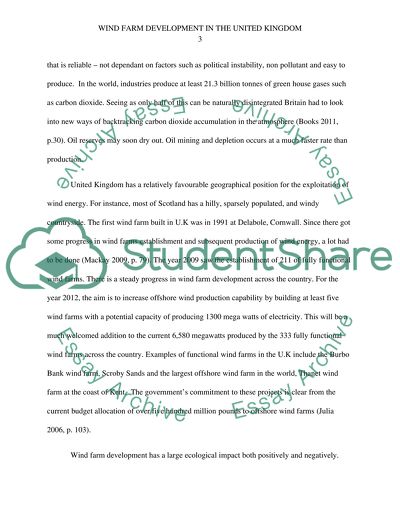Cite this document
(“Wind Farm Development in the United Kingdom Essay”, n.d.)
Retrieved from https://studentshare.org/environmental-studies/1396381-wind-farm-development-in-the-united-kingdom
Retrieved from https://studentshare.org/environmental-studies/1396381-wind-farm-development-in-the-united-kingdom
(Wind Farm Development in the United Kingdom Essay)
https://studentshare.org/environmental-studies/1396381-wind-farm-development-in-the-united-kingdom.
https://studentshare.org/environmental-studies/1396381-wind-farm-development-in-the-united-kingdom.
“Wind Farm Development in the United Kingdom Essay”, n.d. https://studentshare.org/environmental-studies/1396381-wind-farm-development-in-the-united-kingdom.


